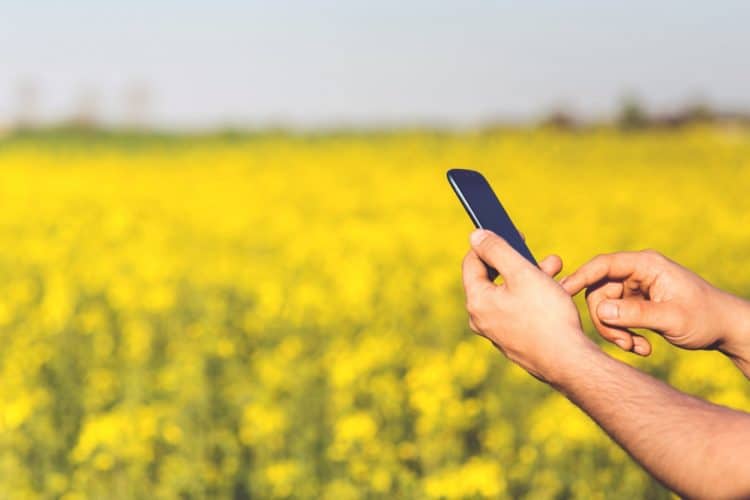As with other industries, technology-led innovation is disrupting the global agricultural industry as participants adopt smart farming strategies.
Part of the incentive for farmers stems from a rising global population and high income growth have resulted in growing concerns of food security across the world. Under pressure to adopt sustainable farming practices, various agricultural start-ups and technology innovators are developing numerous sustainable farming systems. With the rapid employment of smart farming solutions, farmers are able to enhance production yield by increasing inputs and efficient management of farm enterprises.
The advent of innovative farm management techniques has resulted into reduced energy consumption and overall cost-effective operations, owing to their more precise and resource-efficient approach. As a result, the smart farming industry is anticipated to progress, due to the ever growing affinity for more convenient and smart farming solutions than the traditional methods.
The inclusion of Information and Communication Technologies (ICT) in farming has been positive for the industry.
The smart farming market is projected to grow significantly during the forecast period from 2017 to 2022 with a robust growth rate. High growth in the market is expected to be driven by the need to apply site-specific farming and variable rate application of raw materials and resources as per the requirements.
Decreasing agricultural labour in most number of countries is also prompting farmers to turn to automated farming systems and agricultural robots. With companies investing heavily in robotic systems and rolling out new products regularly, agricultural robots are expected to exponentially augment the growth of the global smart farming market.
Amongst UAVs/drones, harvesting and picking robots, milking robots, and other robots, UAVs/drones generated the highest revenue in 2017.It is also expected to grow with the highest growth rate during the forecast period due to its increasing product applications.
For example, the use of internet of things (IoT) technologies by in smart farming equipment reduced exploitation of resources and offered site-specific farming.
Deployment of automation and control systems to steer the application of agricultural inputs along with sensing systems to monitor the need is expected to be crucial to augment the growth of the market. Smart farming is also expected to reduce the ecological footprint of daily farming.
These technological advancements in the farming practices and equipment represent a technological revolution which has the potential to create disruptive changes in the farming industry. Utilization of technology to make farming efficient and cost-effective with reduced negative impact on environment is termed as smart farming.
Smart farming systems have applications which cover most of the farming types including precision crop farming, livestock monitoring and management, indoor farming, aquaculture, and others (forestry and orchids). Precision crop farming application area accounted for the largest share of the total revenue generated by smart farming solutions in 2017.
With growing need for appropriate usage of agricultural inputs, variable rate application products in the market are expected to propagate further growth of precision crop farming in the smart farming market in the coming five years. During the forecast period, livestock monitoring and management and indoor farming application areas are expected to witness high market growth.



